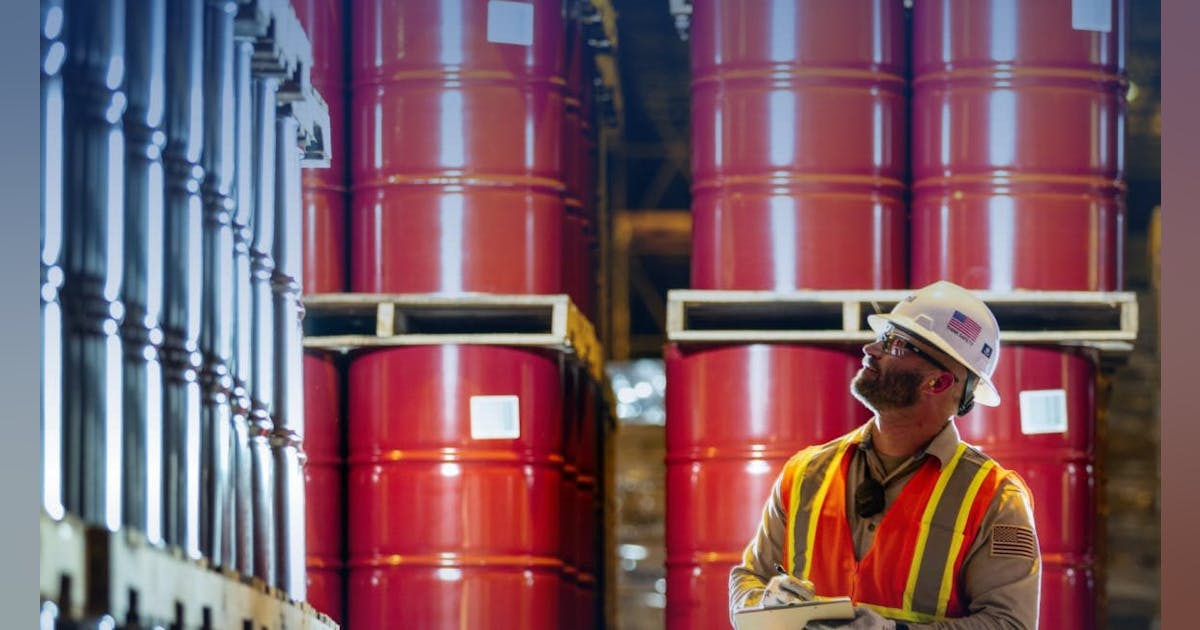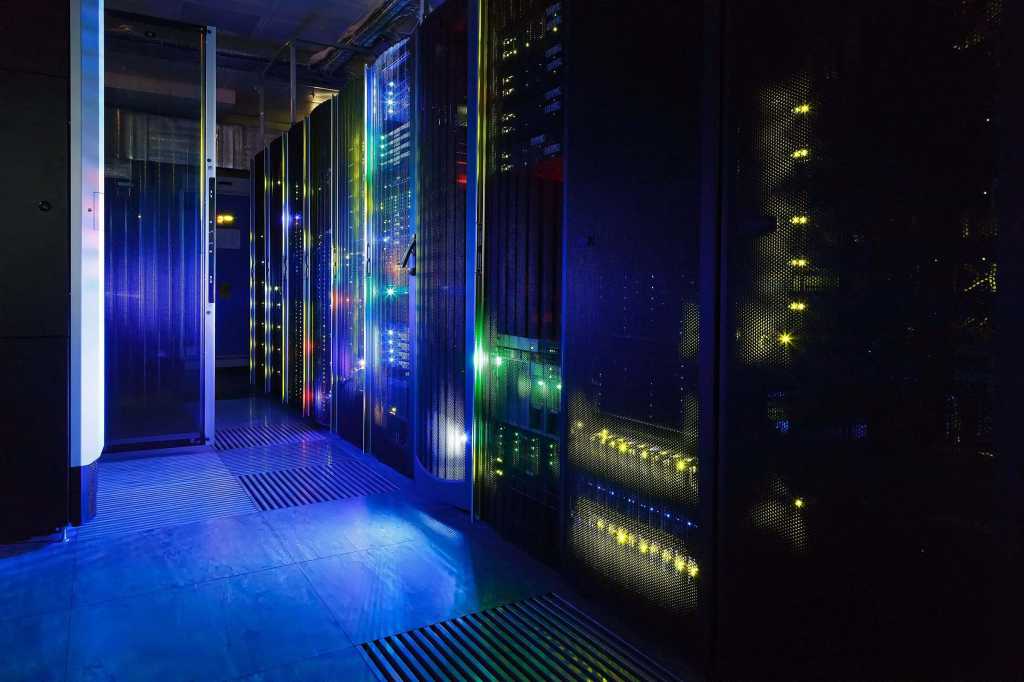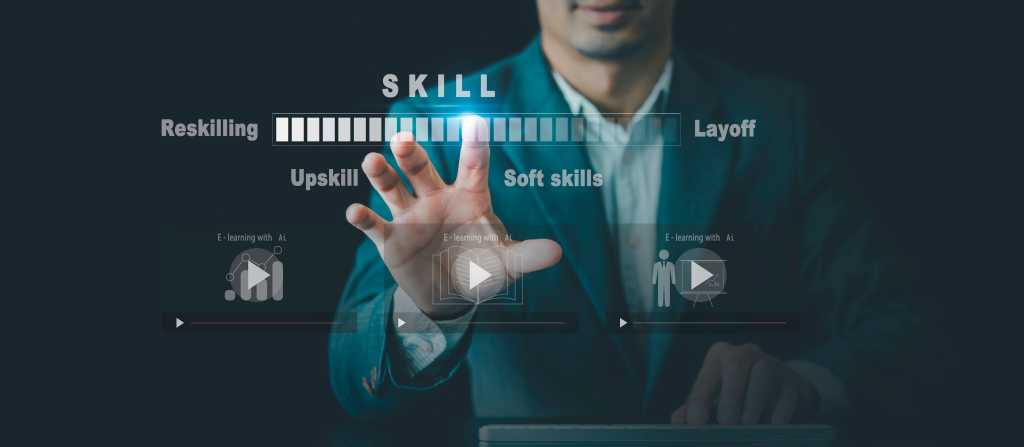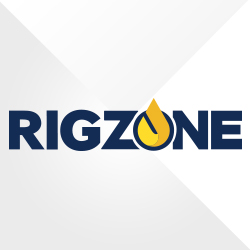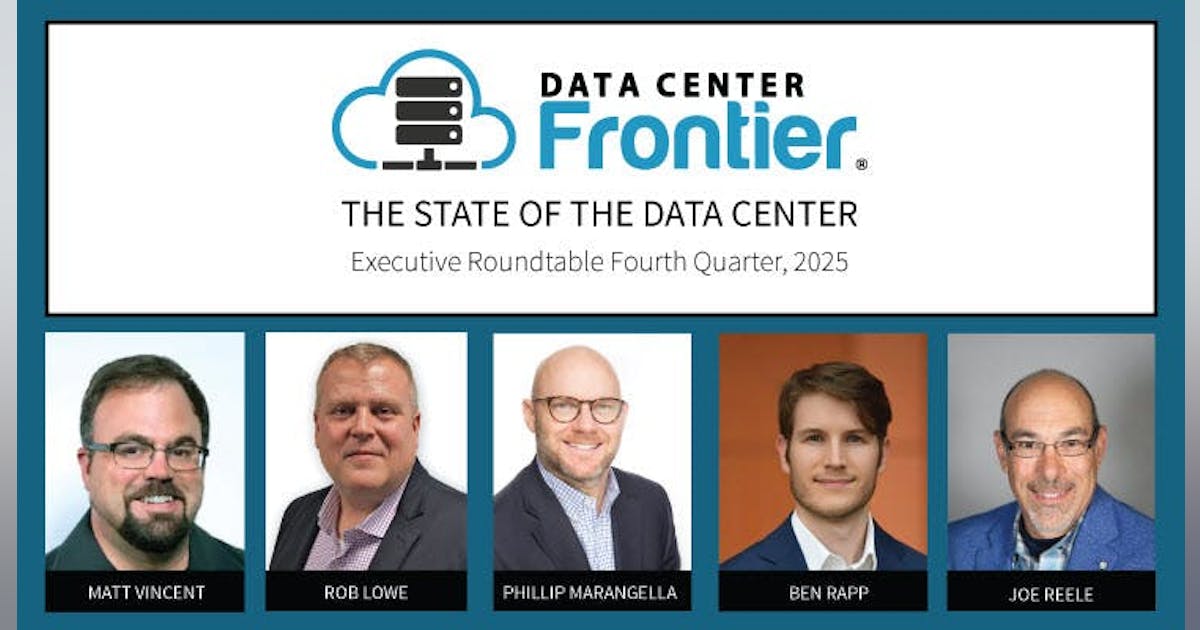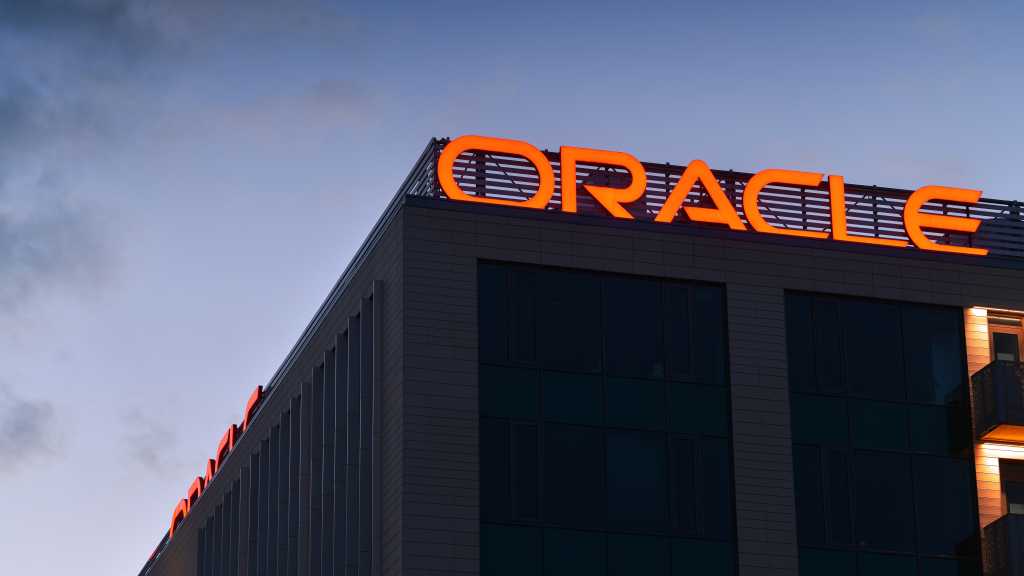
Technology innovations have made the digital transformation of public services essential to enhancing safety, efficiency, and accountability. Kazakhstan has taken a monumental step forward in this regard by implementing a continuous video surveillance system across 78 correctional facilities nationwide. This groundbreaking initiative has set a new benchmark for prison management, significantly improving safety conditions and operational transparency.
A digital leap for safer prisons
In response to a national mandate from the President in 2020, the Ministry of Internal Affairs launched a comprehensive video surveillance project. The system includes over 39,500 high-definition cameras strategically installed across correctional institutions and their perimeters. These cameras are connected to advanced AI-driven analytics, providing real-time facial recognition, event detection, and license plate identification capabilities.
The results are nothing short of remarkable: since its implementation, the system has identified over 32,000 violations of detention protocols, prevented 62 suicides and six escape attempts, and de-escalated 27 potentially violent conflicts. It has also reduced corruption and abuse, fostering humane treatment of inmates and improving the behavior of staff. For the first half of 2024, no cases of torture by staff were reported, a testament to the system’s effectiveness.
Innovation meets human-centered design
Kazakhstan’s video surveillance initiative goes beyond mere technological deployment. It represents a harmonious blend of innovation, process improvement, and personnel training. Prison staff have been equipped with the tools and knowledge to harness the system’s full potential, enabling proactive incident management and fostering a culture of accountability.
The initiative also supports the broader goal of rehabilitation. By improving the physical, psychological, and social conditions within prisons, the system aligns with global trends emphasizing inmate welfare and reintegration into society.
Overcoming challenges with strategic vision
Before the project, sporadic and poorly maintained surveillance systems plagued correctional facilities, resulting in inconsistent monitoring and inadequate evidence for investigations. Kazakhstan addressed these challenges by deploying a centralized, secure infrastructure that ensures uninterrupted video transmission to a Situation Center under the Ministry of Internal Affairs.
This hub manages real-time monitoring and analytics while safeguarding data integrity and privacy. The adoption of a fiber-optic private network further enhances reliability and security, creating a scalable framework for future innovations.
Charting the road ahead
Kazakhstan’s video surveillance initiative is just the beginning. Plans are underway to integrate more advanced algorithms for object and event recognition and to connect the system with other IT infrastructures, such as access control solutions. These advancements will further strengthen the nation’s ability to maintain order, prevent misconduct, and foster trust in correctional institutions.
The nation’s achievement offers valuable lessons for countries aiming to modernize their correctional facilities. By leveraging cutting-edge technology, combining it with strategic governance, and emphasizing human-centered implementation, Kazakhstan has set a precedent for others to follow.
For a deeper dive into the strategies, implementation, and impact of this project, download the full report. Explore how Kazakhstan is redefining correctional facility management through innovation and strategic foresight.
Explore Kazakhstan’s groundbreaking approach to correctional facility management. Gain deeper insights into the strategies, technologies, and measurable impacts of this initiative in this detailed white paper: Global Trends in the Digital Transformation of Correctional Facilities: The Value of Video Surveillance.

